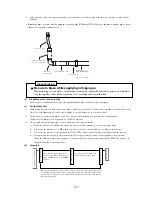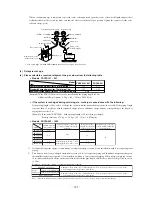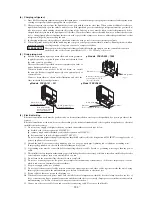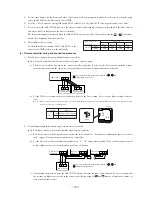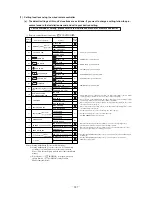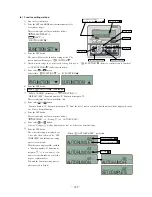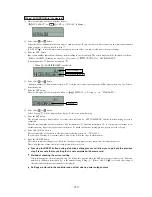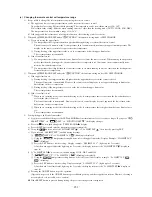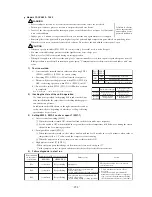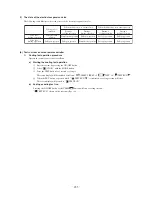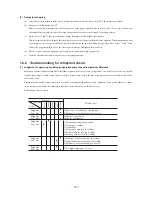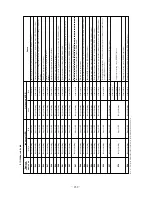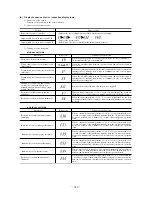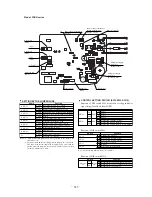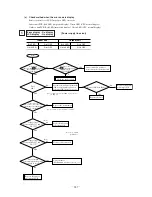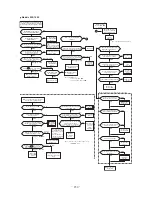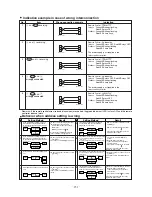
-
236
-
Indoor unit
Outdoor unit
Gas line
Liquid line
Charge hose
Charge hose
Gauge manifoid
Charge valve
Vacuum adapter
Vacuum
pump
Handle Lo
Handle Hi
Charge port
Refrigerant
cylinder
A
1.6 MAINTENANCE
DATA
1.6.1 Servicing
(1) Evacuation
The evacuation is a procedure to purge impurities, such as noncondensable gas, air, moisture from the refrigerant equipment by
using a vacuum pump. Since the refrigerant R410A is very insoluble in water, even a small amount of moisture left in the refriger-
ant equipment will freeze, causing what is called ice clogging.
Evacuation
procedure
Make sure that the both service valves of gas and liquid line are fully opened.
(a) Check to ensure that there is no internal
pressure in the unit. If there is an internal
pressure, it should be relieved through the
service port.
(b) Connect the charging hose of the gauge mani-
fold to the service port of the gas piping.
Close high pressure valve
2
of gauge mani-
fold.
(c) Connect the charging hose
to a vacuum
pump.
Repeat evacuation in the following se-
quence.
Notes (1) Do not use the refrigerant pressure to expel air.
Notes
(2) Do not use the compressor for evacuation.
Notes
(3) Do not operate the compressor in a vacuum condition.
Vacuuming begins
Vacuuming completed
Vacuum gauge check
When the vacuum gauge's needle pointer creeps up,
there is moisture left in the system or a leak. Pull air
again after you have checked the system for a leak and
rectified it. Use a reverse flow stop adapter to prevent
the vacuum pump's lubricant oil from flowing into the
refrigerant system.
Please run the
vacuum pump for at
least one hour after
the vacuum gauge
shows -101kPa or
lower. (-755mmHg or
lower)
No increase in the
reading of the
vacuum gauge's
needle pointer.

